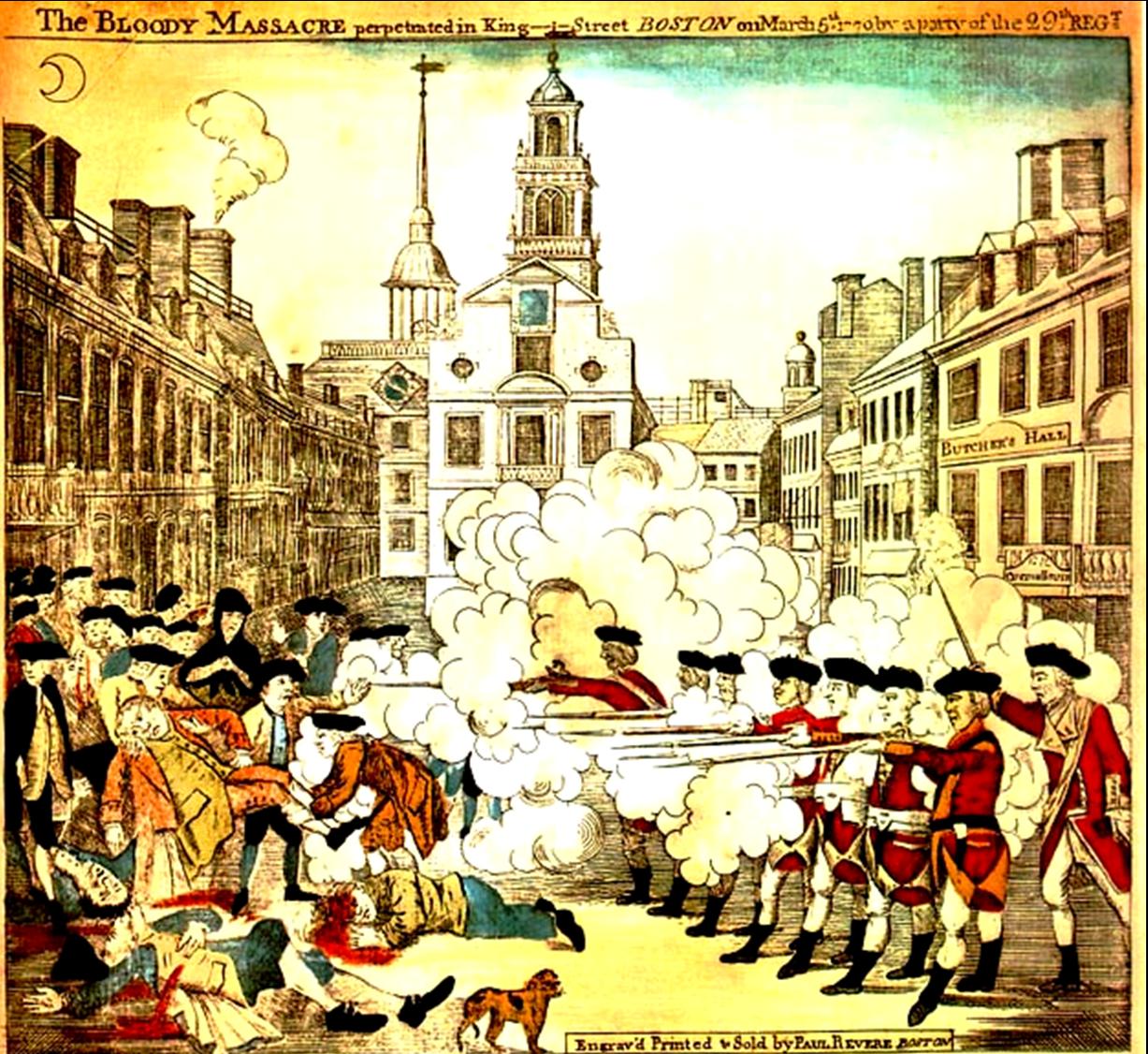On this day in 1770, a tense situation because of a heavy British military presence in Boston boiled over to incite brawls between soldiers and civilians and eventually led to troops discharging their muskets after being attacked by a rioting crowd. Three civilians were killed at the scene of the shooting, eleven were injured, and two died after the incident. The legal aftermath of the Boston Massacre helped spark the rebellion in some of the British American colonies, which culminated in the American Revolution (Wikipedia).
Fascinating Facts:
- It all started from a wig! The Massacre started when young wigmaker's apprentice named Edward Gerrish called out to a British officer on duty, Captain Lieutenant John Goldfinch, that he had not paid his master's bill.
- Another fatal incident occurred just few days before the Boston Massacre. Christopher Seider was shot dead on February 22, 1770 in a fight between the mob and the British loyalists that started from throwing rocks at the shop of a Loyalist merchant.
- After the Massacre many believed that Captain Preston was the one who gave the order to fire on the crowd. But the subsequent trial decided that Preston could not have ordered to fire, as he was standing in front of the guns, between his men and the crowd of protesters.
- John Adams wasn’t the only defense counsel. Another member of the team, Josiah Quincy, Jr, conducted questioning of some witnesses. Yet another counselor, Robert Auchmuty, carried out parts of the summation for the jury.
- During the trials, under British law, the defendants weren’t allowed to speak as witnesses on their own behalf. This was because they had an interest in the case.
Still interested? Check out this book:

As If An Enemy's Country: The British Occupation of Boston and the Origins of the Revolution
by Richard Archer
Oxford University Press, 2010
304 pages




2 comments:
I will have to check out the book. Thanks for sharing.
Definitely will check out the book. Thanks for the link.
Post a Comment